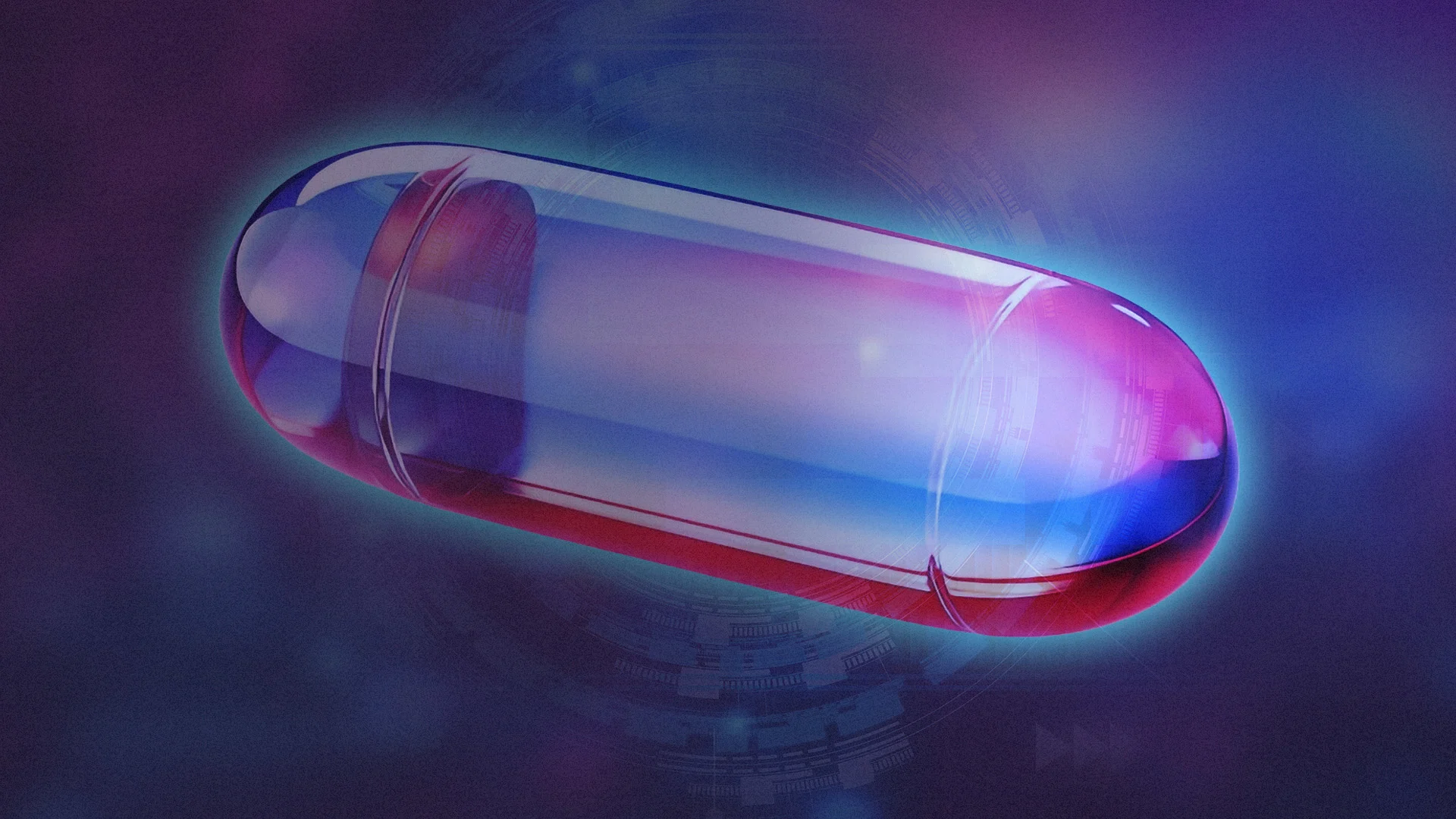
Overview
Cure and the New York Academy of Sciences's seminar addresses how AI applications re transforming the drug discovery process.
AI is widely used to accelerate discovery, improve efficiency, reduce costs and even save lives.
To many people, the phrase "artificial intelligence" (AI) can trigger reactions ranging from the most extreme ("Machines will take over the world!") to the more mundane ("I can use AI to write my term paper!"). In the world of drug discovery, however, AI engenders feelings of hope, excitement and optimism. Indeed, machine learning algorithms are already widely used to accelerate discovery, improve efficiency, reduce costs and even save lives.
That optimism was palpable in June 2024, when Cure and the New York Academy of Sciences teamed up to host a seminar addressing the applications of AI to the drug discovery process and how it may be used in the future.
AI Is Already Saving Lives…
When Grant Mitchell's roommate, David Fajgenbaum, became critically ill in his third year of medical school, he was diagnosed with Castleman disease — a rare disease of the immune system — and nearly died five times. Fajgenbaum was told that an effective treatment would require 10 to 15 years of research and billions of dollars.
"We didn't have a billion dollars or 10 years to develop a new drug," said Mitchell, MD, MBA, during the seminar. "After studying the disease as it worked in David's body and test drugs that already existed, we ultimately found one that put him into remission." That drug, sirolimus, has kept Fajgenbaum, MD, MBA, MSc, in remission for more than a decade.
Mitchell and Fajgenbaum co-founded Every Cure, a nonprofit initiative dedicated to unlocking the full potential of existing medications to expand their clinical indications so they can improve and save more lives — an approach called drug repurposing.
"We have 3,000 precious lifesaving molecules and can do way more with them than we currently do," said Mitchell. "We use artificial intelligence to create the interconnectivity between drug and disease, across all drugs and all diseases. We let the data guide us toward the best opportunities."
AI is crucial because that is a task beyond human capability. "With 3,000 drugs and 22,000 human diseases, there are 66 million possibilities. For humans, that would be literally impossible," Mitchell added.
…and Improving Others
Maria Luisa Pineda, PhD, Co-Founder and CEO of Envisagenics, was using AI more than a decade ago to develop Spinraza (nusinersen), a medication approved by the FDA to treat children and adults with spinal muscular atrophy (SMA)., a rare genetic disease. More than 14,000 patients have around the world have received treatment with Spinraza, which can improve motor function in people with late-onset SMA and help children with early-onset SMA achieve motor milestones.
"We used machine learning and RNA splicing to develop an RNA therapeutic. We had to figure out how to build something that was nonexistent in an industry that was also nonexistent back then," said Pineda during the seminar.
Today Envisagenics relies on its SpliceLearn AI platform to develop RNA therapeutics for diseases such as breast cancer, lung cancer, colorectal cancer, metabolic diseases and neurodegenerative disease. It used to take them eight to 10 weeks to analyze one genome, but with the company's high-performance computing platform and AI can analyze 2,000 full transcriptomes in less than two hours.
Validating the Confidence of a Diagnosis
The practice of scrutinizing cells or tissue samples under a microscope has been a staple of pathology for well over a century. While microscope technology has improved, there is still room for error.
"They literally do the same thing in 90 percent of places in the United States as they did 150 years ago," said Thomas Fuchs, DrSc, Co-Director of the Hasso Plattner Institute for Digital Health and Dean of Artificial Intelligence and Human Health at the Icahn School of Medicine at Mount Sinai. "It's very subjective, but of course it's critical, because you don't have cancer until a pathologist says so. That diagnosis then determines what treatment you get."
At the same time, pathologists can have their own doubts. "When they go home, every good pathologist is enormously anxious that they missed something," Fuchs added during the seminar. "Out of millions and millions of cells on a single slide, it takes just two or three to completely change the treatment path."
That's where AI can help. In 2017, Fuchs co-founded Paige, a computation pathology platform featuring the largest AI models for detecting and quantifying cancer in tissue biopsies.
Key to the platform's power is its access to the world's largest digital imaging library of cancer cases and associated genomic data. Paige received the first-ever — and still only — FDA approval for an AI product in digital pathology in 2021, and it is now used on four continents.
Paige builds extraordinarily large models from millions of slides and billions of images. "For the last one we made, we used 10 times more data than all of Netflix. Think of all the shows you watch — all the movies, all the episodes, every single pixel. That's just 10 percent of the pathology data that we piped through," Fuchs asserted. "We now have a model that understands the morphology of cancer and normal tissue at a very meticulous level. We can use it to identify biomarkers, enroll patients in clinical trials, and diagnose diseases, including rare diseases."
Accelerating the Speed of Discovery
Machine learning has also dramatically transformed the speed of drug testing and reduced its costs. George Church, PhD, who leads Synthetic Biology at Harvard's Wyss Institute, has co-founded some 50 biotech companies. The companies that have products moving toward clinical trials apply AI.
"Each of them uses a combination of machine learning plus multiplex libraries. Multiplex libraries alone don't work because you get very low yields without machine learning, and machine learning alone doesn't work because it is a poor simulator of complex biological systems," explained Church during the seminar. "For example, we developed machine learning plus multiplex libraries to improve drug delivery across the blood-brain barrier 100-fold to target brain cells in preclinical models."
Pineda added how her company used to test 500 to 2,000 compounds per drug target at a cost of $3,000 to $5,000 per compound in preclinical and clinical trials. "SpliceLearn can now do that automatically. When we synthesize a molecule, we get two or three compounds that work, saving time and millions of dollars," she noted.
"That's the beauty of using this technology to advance drug discovery," Pineda added. "And it's here to stay."








